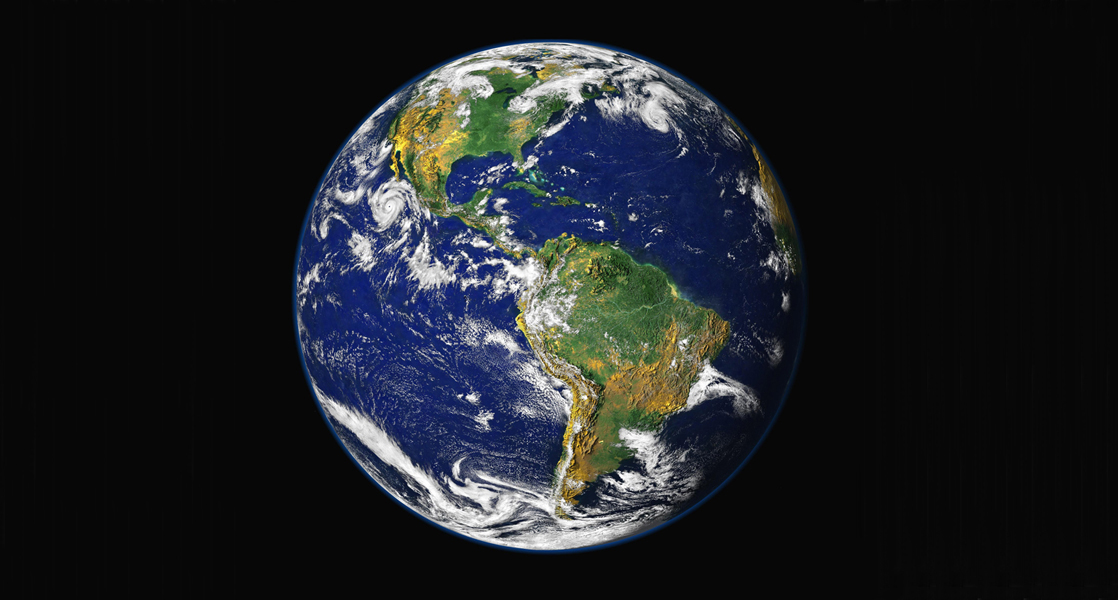
|

1.1 The study of life Read Online

Viewed from space, Earth offers no clues about the diversity of life forms that reside there. The first forms of life on Earth are thought to have been microorganisms that existed for billions of years in the ocean before plants and animals appeared. The mammals, birds, and flowers so familiar to us are all relatively recent, originating 130 to 200 million years ago. Humans have inhabited this planet for only the last 2.5 million years, and only in the last 200,000 years have humans started looking like we do today.
Chapter 19: The Evolution of Populations MCQ Multiple Choices Questions Quiz Test Bank
19.1 Population Evolution
19.2 Population Genetics
19.3 Adaptive Evolution
Question: When male lions reach sexual maturity, they leave their group in search of a new pride. This can alter the allele frequencies of the population through which of the following mechanisms?
Choices:
natural selection
genetic drift
gene flow
random mating
Question: When closely related individuals mate with each other, or inbreed, the offspring are often not as fit as the offspring of two unrelated individuals. Why?
Choices:
Close relatives are genetically incompatible.
The DNA of close relatives reacts negatively in the offspring.
Inbreeding can bring together rare, deleterious mutations that lead to harmful phenotypes.
Inbreeding causes normally silent alleles to be expressed.
Question: Which of the following populations is not in Hardy-Weinberg equilibrium?
Choices:
a population with 12 homozygous recessive individuals (yy), 8 homozygous dominant individuals (YY), and 4 heterozygous individuals (Yy)
a population in which the allele frequencies do not change over time
p2 + 2pq + q2 = 1
a population undergoing natural selection
Question: What is the difference between micro- and macroevolution?
Choices:
Microevolution describes the evolution of small organisms, such as insects, while macroevolution describes the evolution of large organisms, like people and elephants.
Microevolution describes the evolution of microscopic entities, such as molecules and proteins, while macroevolution describes the evolution of whole organisms.
Microevolution describes the evolution of organisms in populations, while macroevolution describes the evolution of species over long periods of time.
Microevolution describes the evolution of organisms over their lifetimes, while macroevolution describes the evolution of organisms over multiple generations.
Question: Which type of selection results in greater genetic variance in a population?
Choices:
stabilizing selection
directional selection
diversifying selection
positive frequency-dependent selection
Question: When males and females of a population look or act differently, it is referred to as ________.
Choices:
sexual dimorphism
sexual selection
diversifying selection
a cline
Question: Population genetics is the study of:
Choices:
how selective forces change the allele frequencies in a population over time
the genetic basis of population-wide traits
whether traits have a genetic basis
the degree of inbreeding in a population
Question: What is a cline?
Choices:
the slope of a mountain where a population lives
the degree to which a mutation helps an individual survive
the number of individuals in the population
gradual geographic variation across an ecological gradient
Question: One of the original Amish colonies rose from a ship of colonists that came from Europe. The ship's captain, who had polydactyly, a rare dominant trait, was one of the original colonists. Today, we see a much higher frequency of polydactyly in the Amish population. This is an example of:
Choices:
natural selection
genetic drift
founder effect
b and c
Question: Which of the following evolutionary forces can introduce new genetic variation into a population?
Choices:
natural selection and genetic drift
mutation and gene flow
natural selection and nonrandom mating
mutation and genetic drift
Question: What is assortative mating?
Choices:
when individuals mate with those who are similar to themselves
when individuals mate with those who are dissimilar to themselves
when individuals mate with those who are the most fit in the population
when individuals mate with those who are least fit in the population